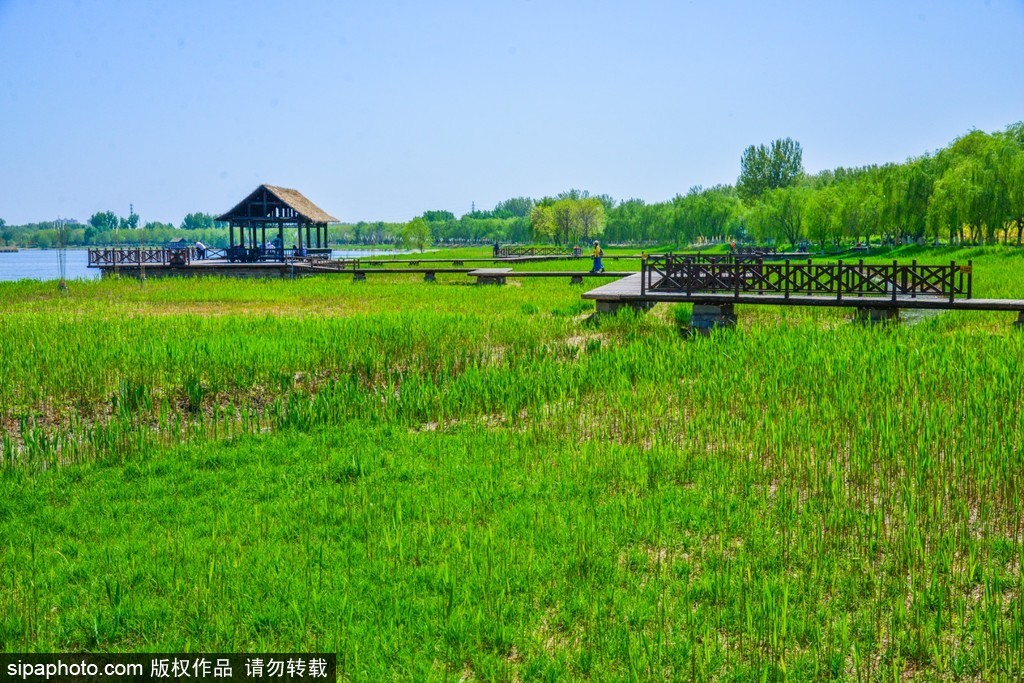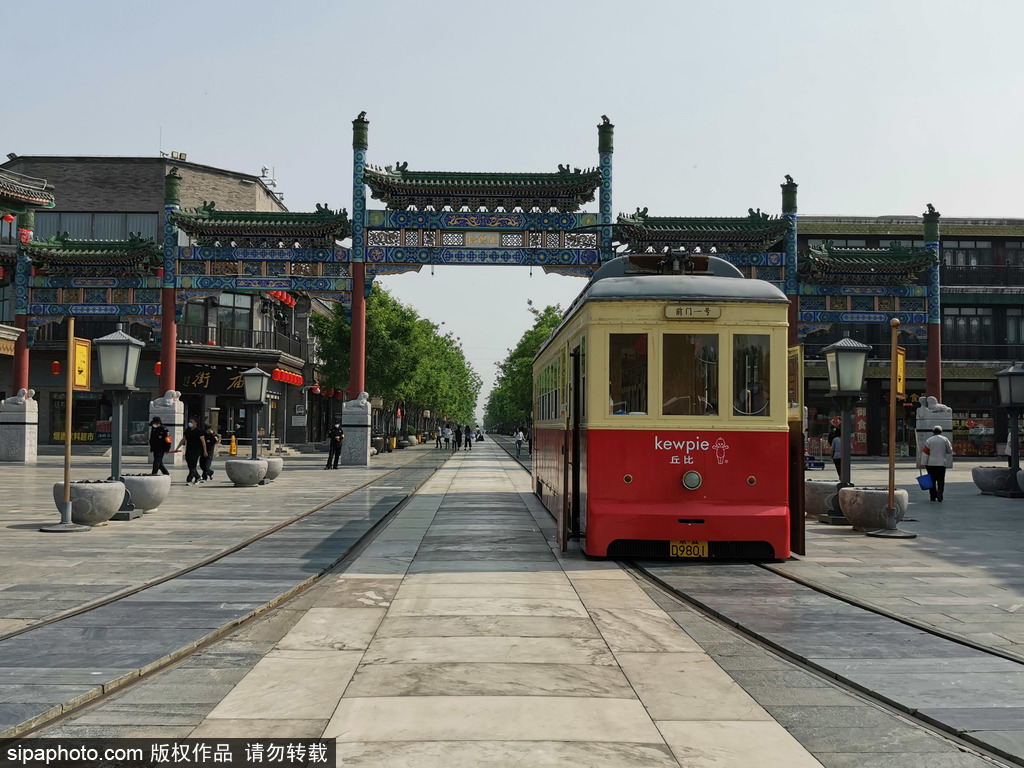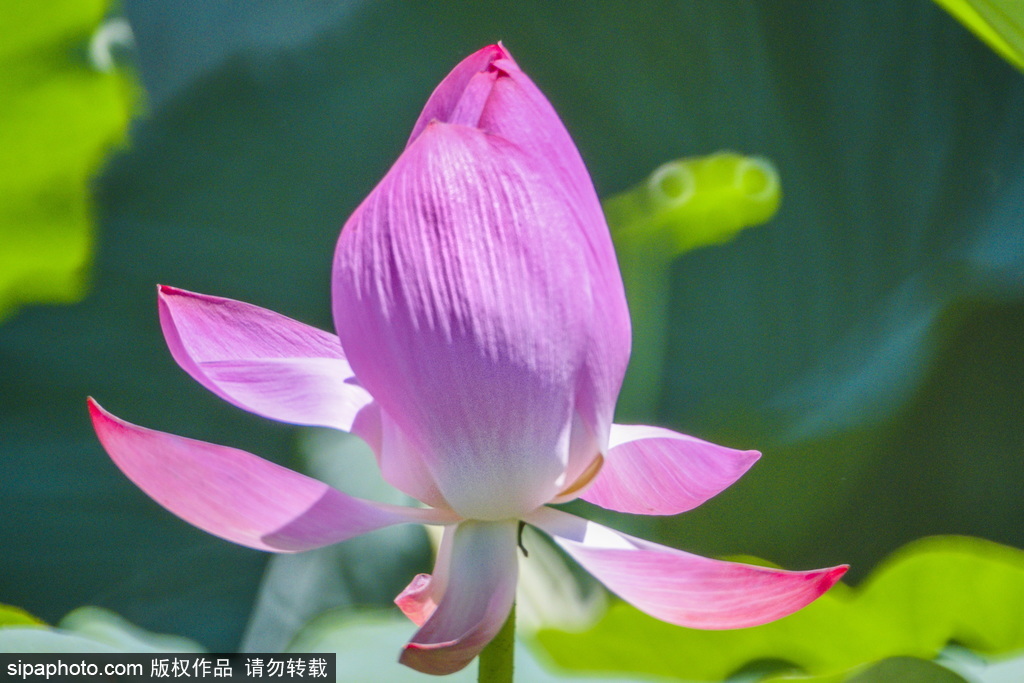On April 23, Beijing's centuries-old aristocratic mansion, now transformed into a museum, unveiled a research exhibition on art works created by its last resident. A dignified and solemn opening ceremony took place in the museum on the morning of April 29.
Twenty-eight works and 35 drafts by Pu Xinyu (1896-1963, also known as Puru), a descendent of China's Qing Dynasty (1644-1911) imperial clan Aisin Gioro and the final proprietor of Prince Kung's Palace, are on display at Prince Kung's Palace Museum, located in Beijing's bustling Shichahai area, popular among tourists.
Pu Xinyu was the grandson of Prince Kung, a political heavyweight during the late Qing Dynasty. He was born and brought up in the mansion, exposed to the family's rich collection of art while being trained in equestrian to uphold his Manchurian heritage. He developed his unique artistic idiosyncrasy by adopting and synthesizing a variety of styles of ancient Chinese art that he had access to. He rooted the originality of his creations deeply in quintessential Chinese traditions.
These works, encompassing paintings and calligraphy, in the forms of final pieces, studies, drafts and sketches, have been curated from six museums across China. They shed light on Pu's distinctive artistry, providing viewers insight into his artistic journey, showcasing his process of learning painting and the evolution of his final works.
Pu's contributions to painting, calligraphy, and poetry were widely acclaimed in Beijing and left a profound impact on the 20th-century art scene. He attained a stature comparable to as his contemporary Zhang Daqian (or Chang Dai-chien, 1899-1983), with whom he forged a friendship, earning the revered title of "Zhang from the South and Pu from the North" for their artistic prowess.
The works on display reflect Pu's mastery across various painting genres, including landscape, human figure, bird-and-flower, and equestrian art. Notably, among the 13 paintings loaned from the Hunan Museum, most are being unveiled to the public for the first time, making this exhibition a must-see.
A comprehensive package of permanent educational programs and curricula has been developed in conjunction with this exhibition.
Since its founding in 1983, Prince Kung's Palace Museum has been committed to conducting research on Pu Xinyu and his art, gradually becoming one of the pivotal organizations to house Pu's painting works in the Chinese mainland.
In 2021 the museum premiered its inaugural research exhibition on Pu, followed by a second in 2023. The ongoing exhibition as the culmination of the series, encapsulates academia's extensive exploration of Pu Xinyu's art from various perspectives.
With the collapse of the Qing empire in 1911, royal clan members saw a decline in their fortunes. Loyal to the imperial house, Pu Xinyu declined any positions offered by the Republican government. Although he led a frugal life, distinct from the opulent lifestyles of some of his aristocrat peers, he struggled to make ends meet. During the 1920s and 1930s, he reluctantly parted with some of his prized possessions, including the paintings Night-Shining White by Han Gan (706-783) and Ape Gathering by Yi Yuanji (act. 11th century), as well as the calligraphy works Consoling Letter (Pingfu tie) by Lu Ji (261-303) and the Gaoshen (Self-Written Announcement of Office) Manuscript by Yan Zhenqing (709-784). These treasures are now housed in other museums both domestically and abroad, including the Metropolitan Museum of Art in the US and the Taito City Calligraphy Museum in Tokyo, Japan.
In 2023, commemorating its 40th anniversary, the museum released an online exhibition was released to digitally reunite the lost art pieces from the mansion's owner.
Exhibition title: Imitation and Originality: A Research Exhibition of the Sketches and Draft Paintings by Pu Xinyu
Dates: April 23 – July 21, 2024



